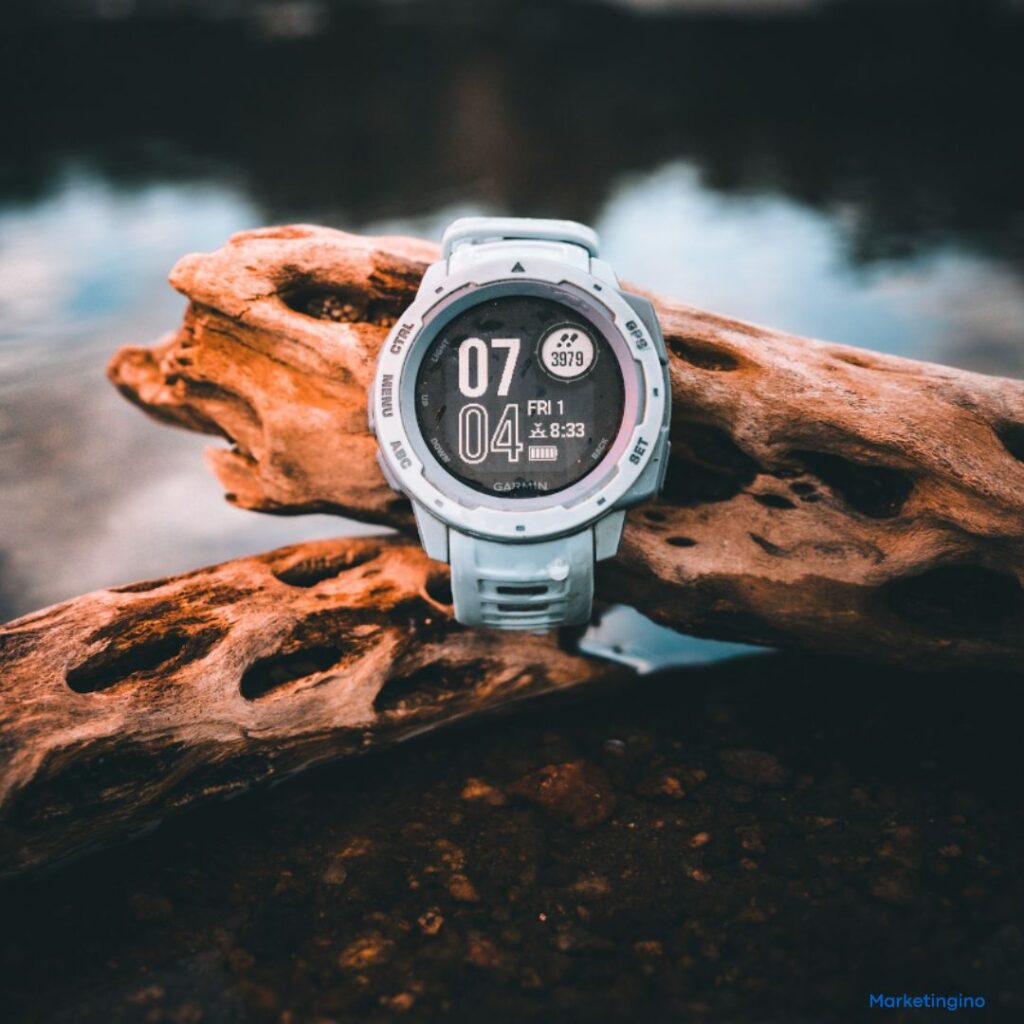Garmin, a leader in GPS navigation and wearable technology, has built a robust brand identity through a well-crafted marketing strategy. By focusing on innovation, customer engagement, and strategic partnerships, Garmin has successfully navigated a competitive landscape and established itself as a trusted name in various markets, including automotive, aviation, marine, outdoor, and fitness. This article explores Garmin’s marketing strategy, highlighting the key elements that have contributed to its sustained success.
Brand Positioning and Identity
From its inception, Garmin has positioned itself as a provider of high-quality, reliable, and innovative navigation solutions. The company’s tagline, “Built to Last,” underscores its commitment to durability and excellence. Garmin’s branding emphasizes precision, performance, and trustworthiness, qualities that resonate with its diverse customer base.
Garmin’s product names, such as Forerunner, Fenix, and nüvi, further reinforce the brand’s focus on adventure, fitness, and exploration. This consistent branding across product lines helps establish a strong identity that customers can easily recognize and trust.
Product Diversification and Market Segmentation
Garmin’s marketing strategy includes a broad product portfolio that caters to various segments. This diversification allows Garmin to target multiple customer bases with specialized products:
- Automotive: Products like the nüvi series cater to drivers seeking reliable and user-friendly navigation systems.
- Fitness: The Forerunner and Fenix series target athletes and fitness enthusiasts with advanced features like heart rate monitoring, GPS tracking, and performance metrics.
- Aviation: Garmin’s integrated flight decks and navigation systems are designed for both commercial and private aviators, emphasizing safety and efficiency.
- Marine: Chartplotters, fishfinders, and marine radars serve recreational and commercial mariners.
- Outdoor: Handheld GPS devices and wearables like the Garmin Instinct cater to hikers, hunters, and outdoor adventurers.
By segmenting its market and tailoring products to specific needs, Garmin effectively addresses the unique demands of each customer group.
Innovation and Product Development
Innovation is at the heart of Garmin’s marketing strategy. The company invests heavily in research and development to introduce cutting-edge technologies and features that enhance user experience. Garmin’s continuous innovation has led to several industry-firsts, such as:
- The first GPS-enabled wristwatch (Forerunner series)
- The first portable car navigation system (StreetPilot)
- Advanced avionics solutions with integrated flight decks
These innovations not only attract new customers but also build loyalty among existing users who anticipate the latest advancements from Garmin.
Customer Engagement and Community Building
Garmin excels in customer engagement through various channels, including social media, events, and user communities. The company’s social media presence is strong, with active accounts on platforms like Instagram, Facebook, Twitter, and YouTube. These channels are used to share product updates, customer stories, fitness challenges, and tips for using Garmin devices.
Garmin also hosts and sponsors events such as marathons, triathlons, and aviation expos, fostering a sense of community among its users. By engaging with customers directly and supporting their passions, Garmin strengthens its brand loyalty and encourages word-of-mouth marketing.
Strategic Partnerships and Collaborations
Partnerships and collaborations play a significant role in Garmin’s marketing strategy. The company has partnered with various brands, organizations, and influencers to expand its reach and enhance its product offerings. Notable collaborations include:
- Taco Bell: Garmin and Taco Bell teamed up for a promotional campaign involving Garmin’s automotive GPS devices.
- Professional Athletes: Garmin partners with elite athletes and fitness influencers to promote its fitness wearables and demonstrate their capabilities.
- Tech Integrations: Collaborations with other tech companies have led to integrations with popular apps and services, such as Spotify and Strava, enhancing the functionality of Garmin devices.
These partnerships help Garmin tap into new audiences and reinforce its position as a versatile and innovative brand.
Advertising and Promotions
Garmin’s advertising strategy emphasizes the practical benefits and real-life applications of its products. The company uses a mix of traditional and digital advertising to reach a broad audience. Key elements of Garmin’s advertising strategy include:
- Product Demos: Showcasing product features and benefits through engaging demos and tutorials.
- Customer Testimonials: Highlighting real customer experiences and success stories to build credibility and trust.
- Seasonal Campaigns: Running promotions during key seasons and events, such as holiday sales, back-to-school offers, and fitness challenges.
By focusing on the value and versatility of its products, Garmin effectively communicates its brand message and encourages purchase decisions.
Garmin’s marketing strategy is a blend of innovation, customer engagement, and strategic positioning. By continually developing cutting-edge products, engaging with its community, and forming strategic partnerships, Garmin has built a strong and loyal customer base. As the company continues to evolve, its commitment to quality, performance, and customer satisfaction remains at the core of its success.




